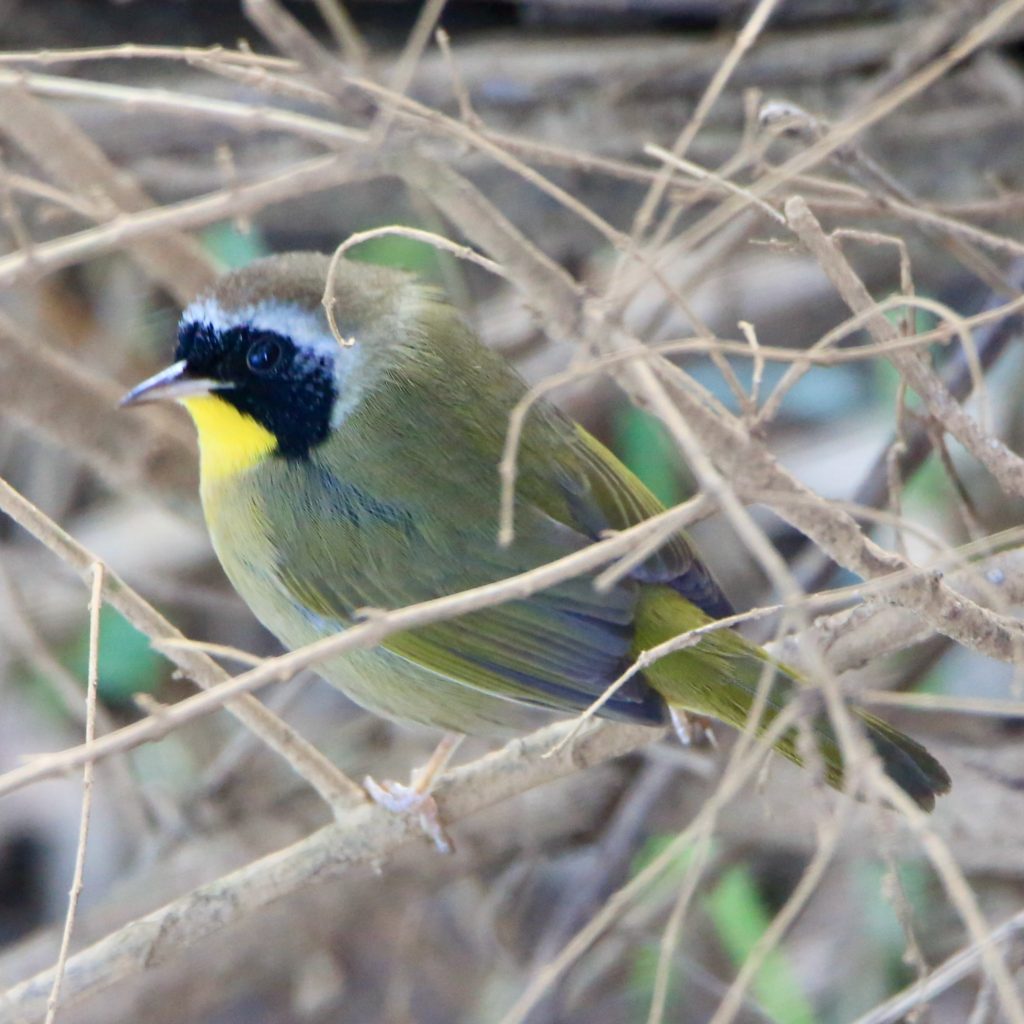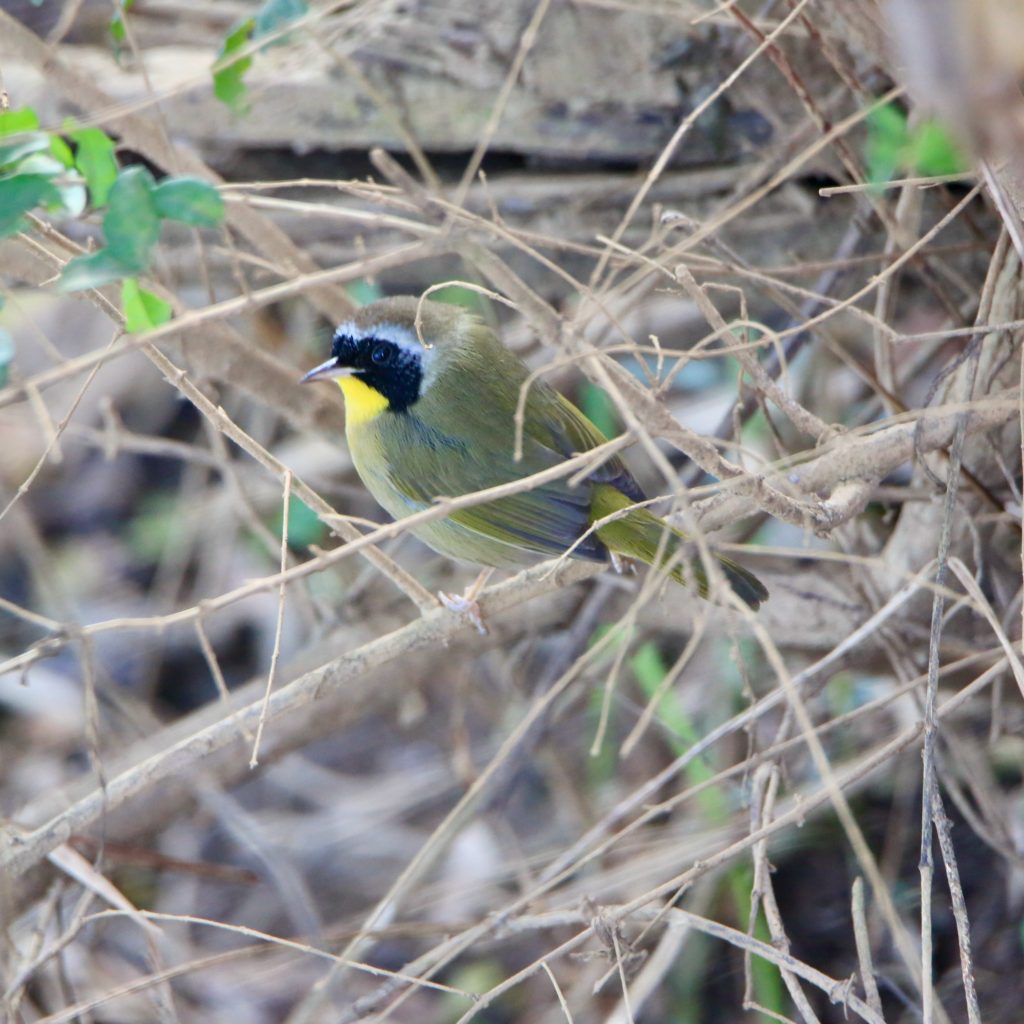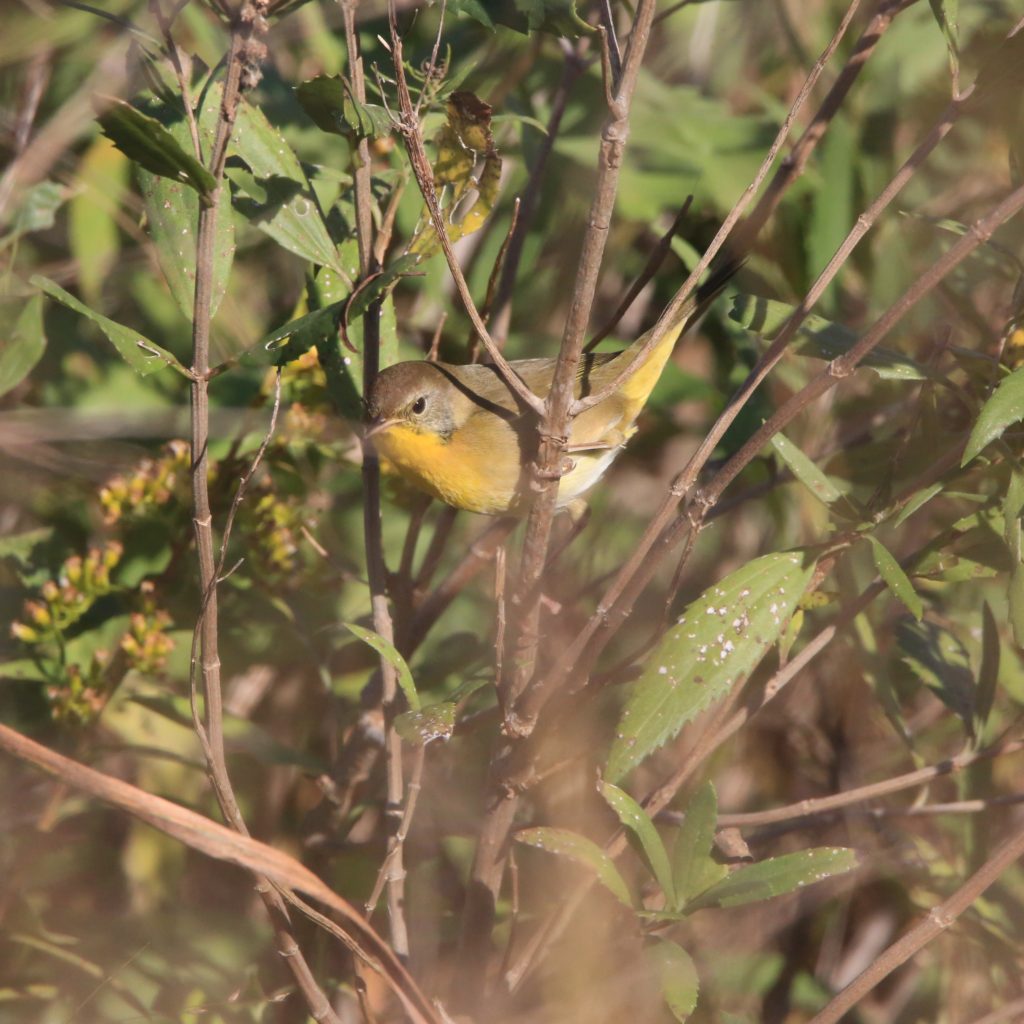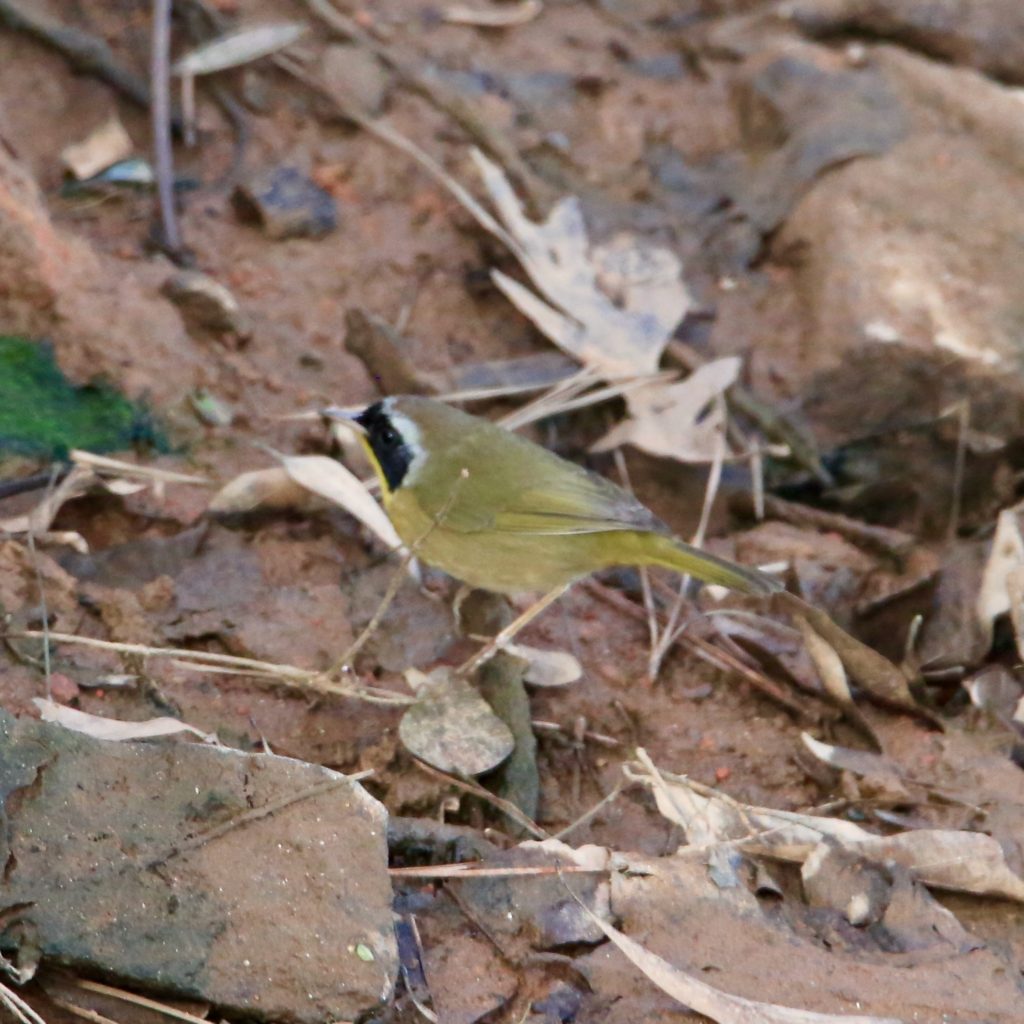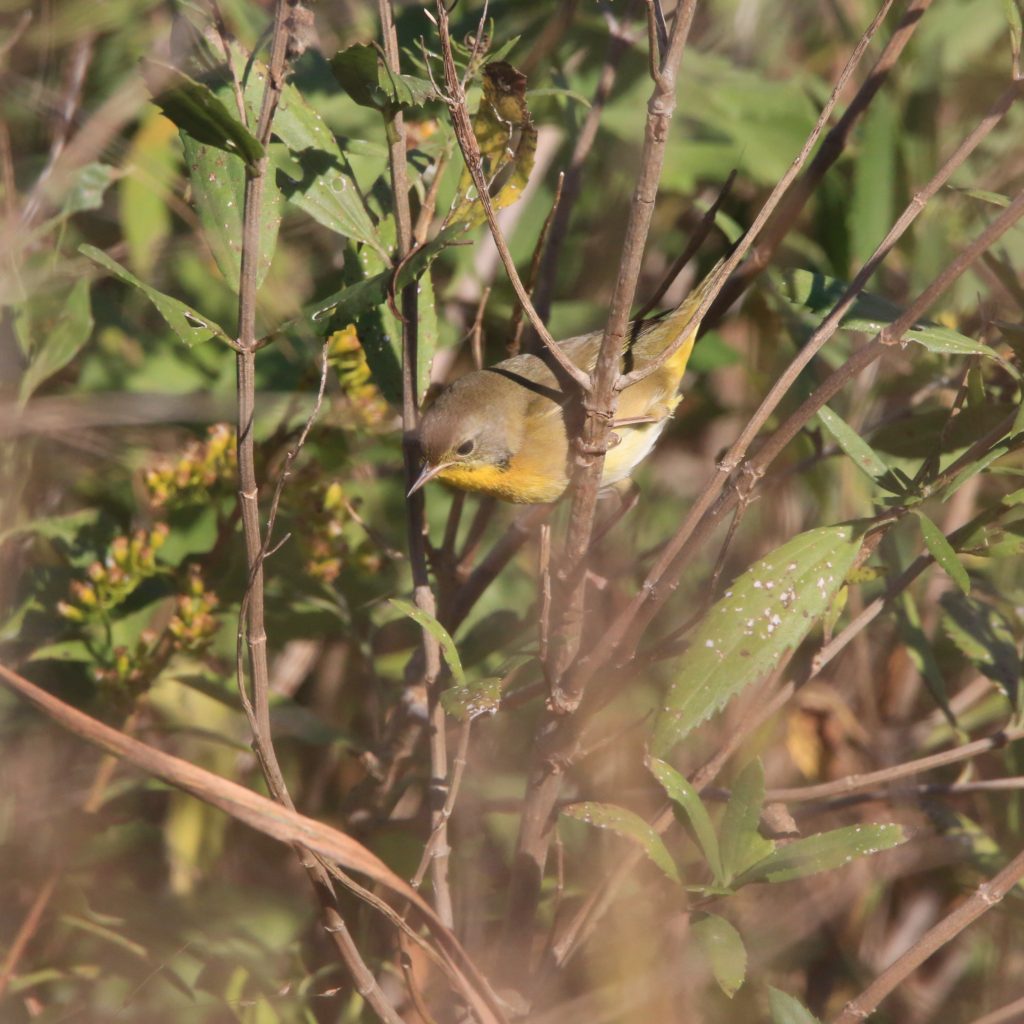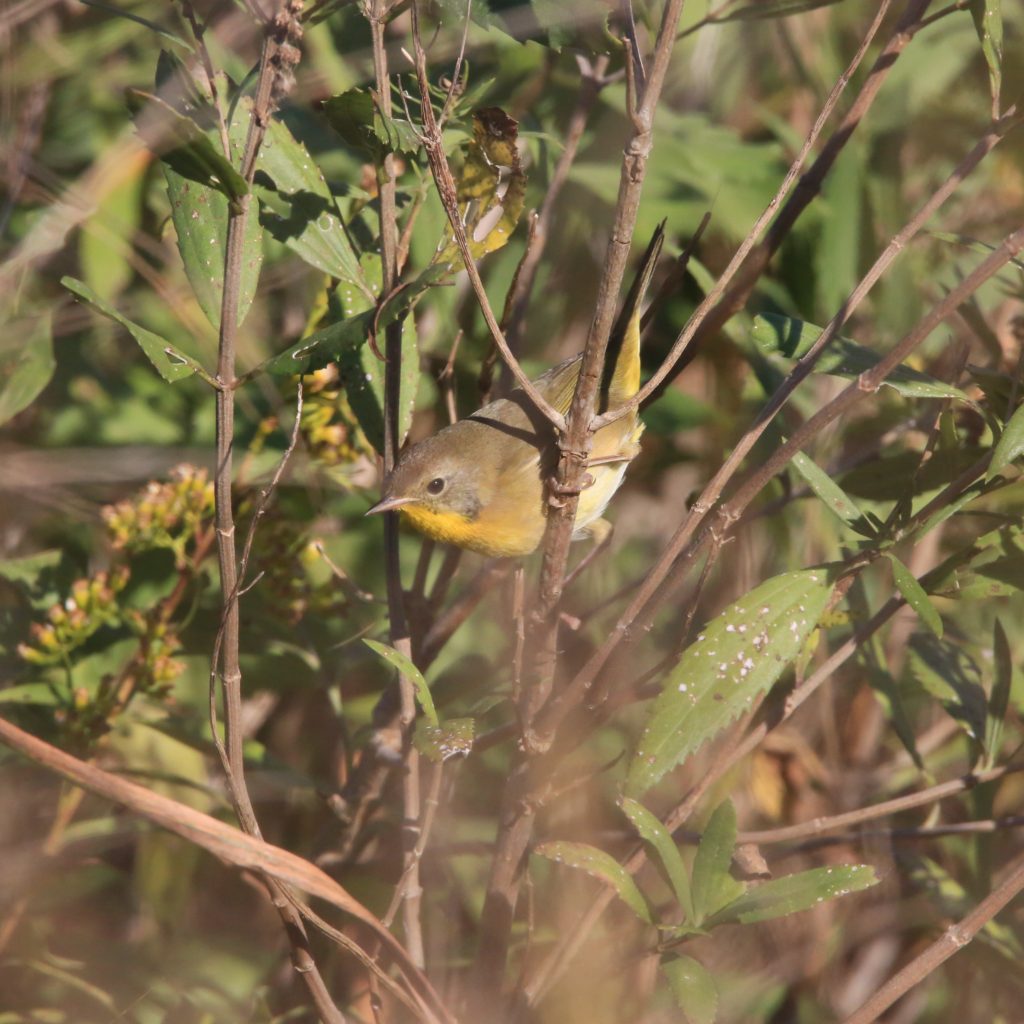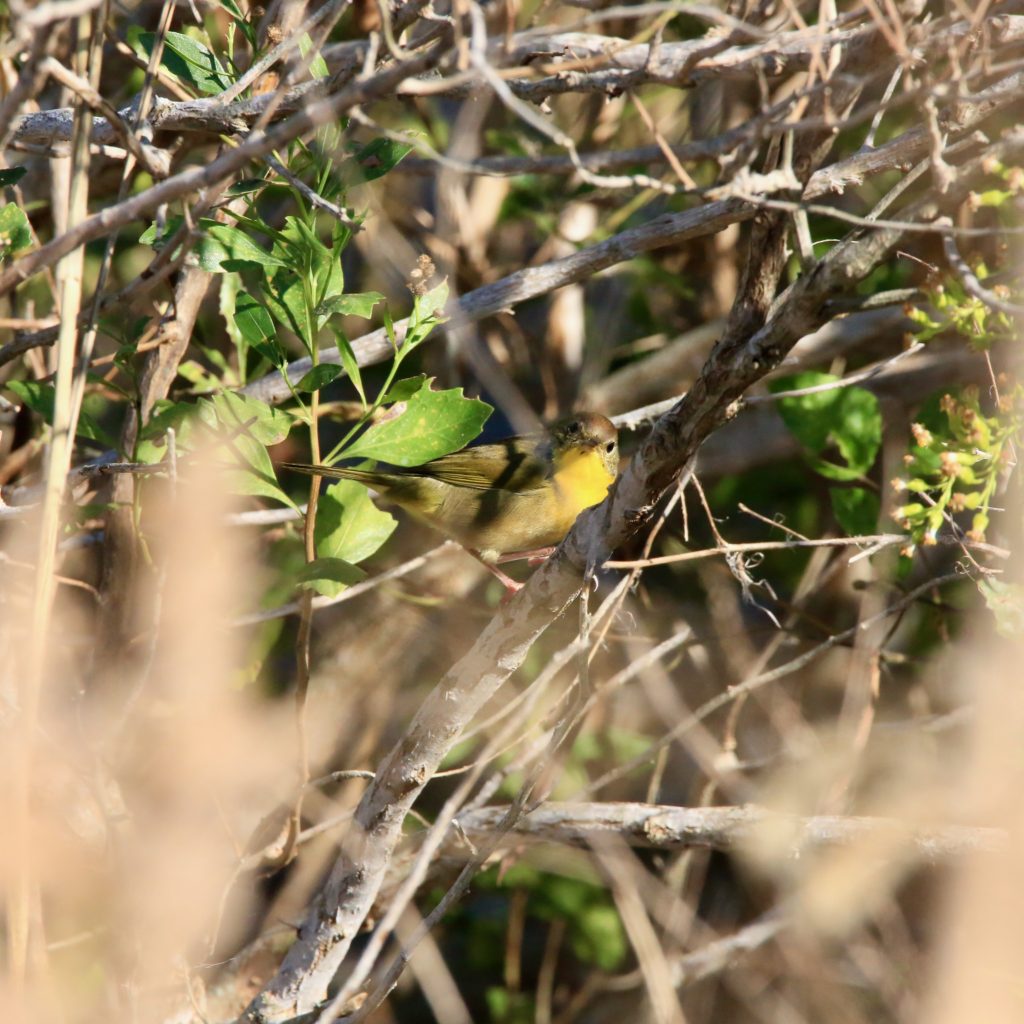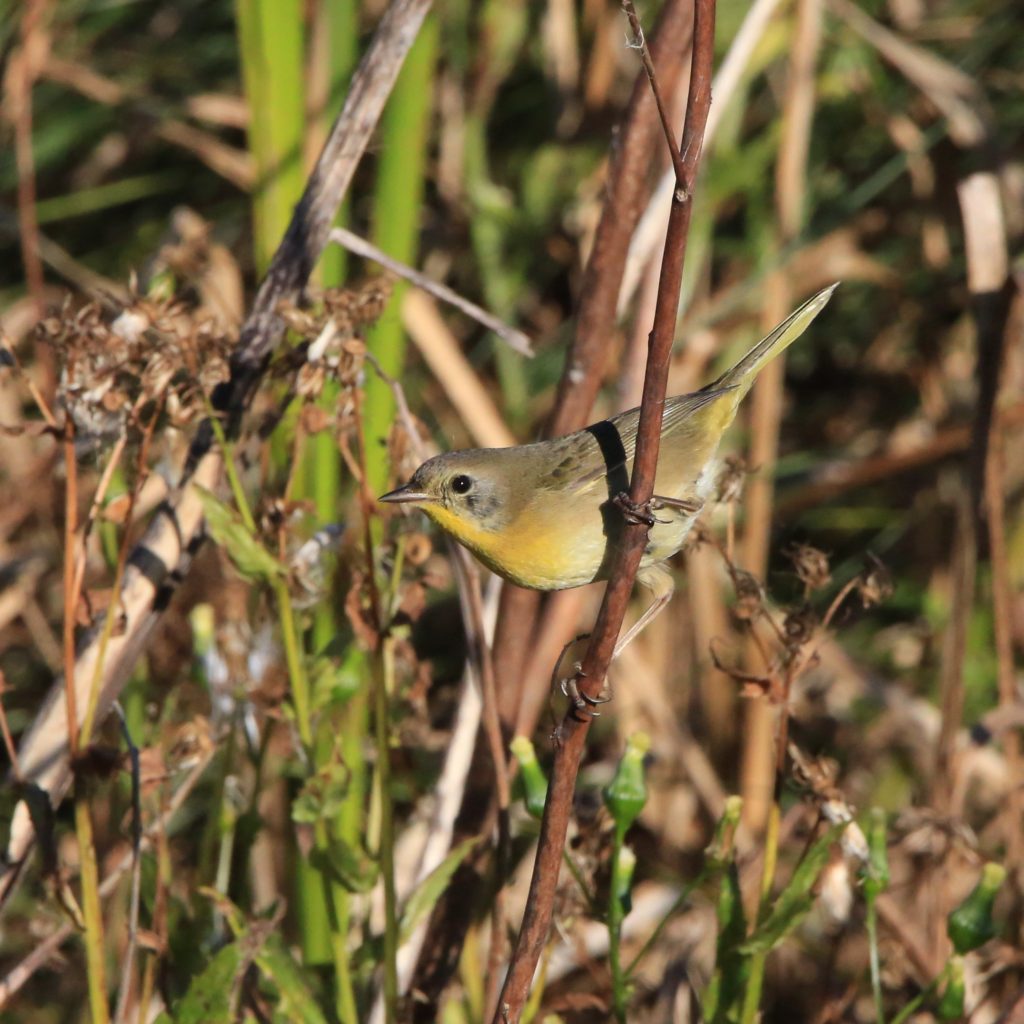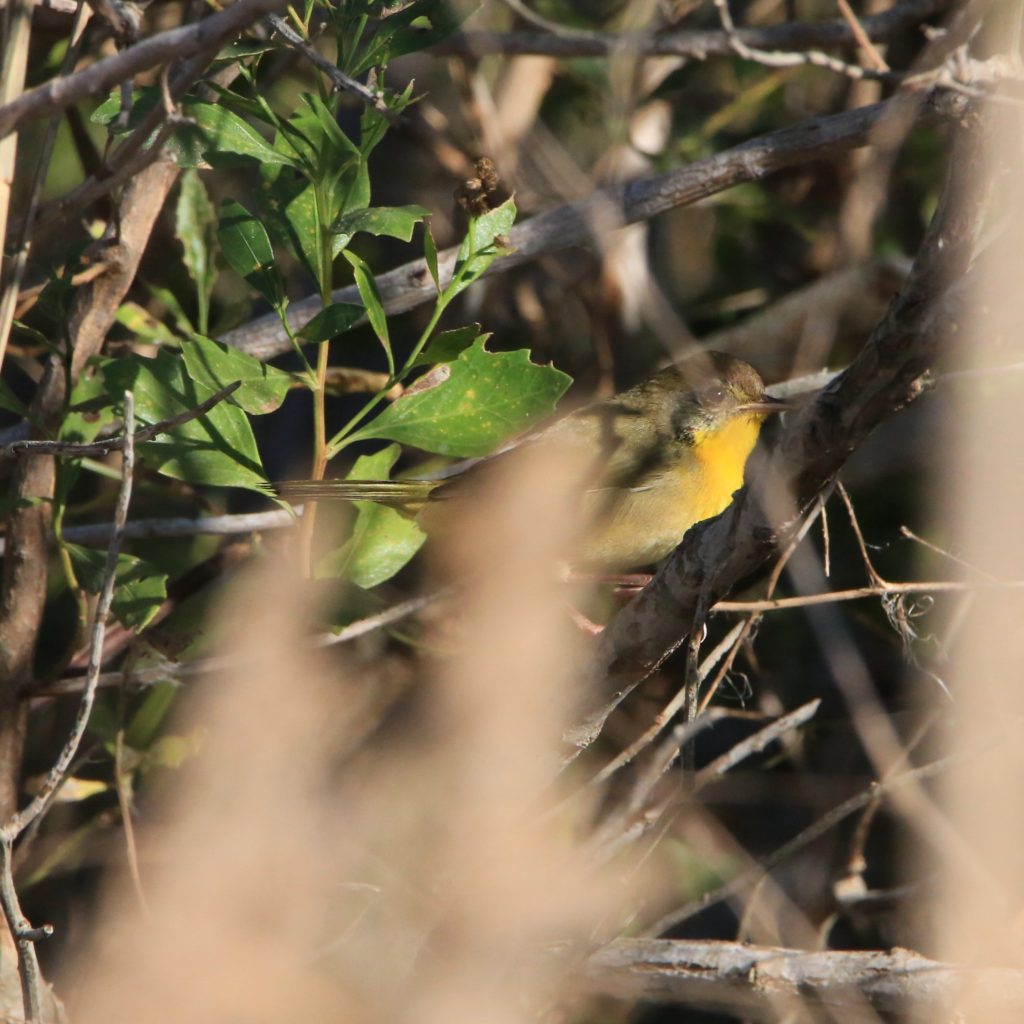
Bird Watching at Mount Rainier National Park
Share
Located in Washington State, Mount Rainier National Park is a prime habitat for numerous birds, wildlife, and vegetation. Located in southeast Pierce County and northeast Lewis County, the park was established in 1899 and was the fifth national park in the United States. It preserves 236,381 acres worth of wildlife that includes all of Mount Rainier, a 14,411-foot stratovolcano. The park's biodiversity is structured at different elevations. The mountains rise abruptly and range from 1,600 feet to over 14,000 feet. Mount Rainier forms the highest point in the Cascade Range.
The landscape includes valleys, waterfalls, subalpine meadows, and 91,000 acres of old-growth forest. Over 25 glaciers surround the volcano, which is often hidden in raining or snowing clouds.
Major Attractions at Mount Rainier National Park
The Wonderland Trail wraps around Mount Rainier and is often covered by glaciers and snowfields, presenting a difficult journey for sports adventurers. Carbon Glacier and Emmons Glacier, some of the largest glaciers in the contiguous United States, both fall under the area of Mount Rainier. Mount Rainier is also a popular mountaineering peak for trekking, with almost 10,000 attempts per year.
The active volcano, Majestic Mount Rainier, is the highest peak in the Cascade Range and holds more glaciers than any other mountain in the United States. Yet, even though the park is just an hour's drive from Seattle, the landscape shows minimal signs of urbanization and civilization. Instead, the environment is a combination of forests, parkland, wetlands, lakes, and rivers. Together, they offer 260 miles of trails and a wide variety of habitats to dozens of plant
and animal species.
GET KIDS BIRD WATCHING
Bird Watching at Mount Rainier National Park
Mount Rainier National Park is home to several bird species, some being year-round residents and others flying by during migration or in specific seasons. The park hosts a rough estimate of 182 species distributed across the land depending upon different life zones that vary by elevation. For example, the endangered Northern Spotted Owl can be found in the lower elevations, hidden among the mature conifer forests. In contrast, other forest birds nest in the
branches of the mixed forests at the height of 3,500 to 5,000 feet. In the summers, concentrated bird populations can be found in the subalpine meadows, roughly 5,000 to 6,500 feet, thanks to the extensive resources like wildflowers, seeds, and insects. In this zone, Paradise and Sunrise are located, which attracts many birds.
10 Birds to See at Mount Rainer National Park
Barred Owl
Barred Owls are brown and white striped with brown eyes. They live throughout the southeast U.S. Their population has recently increased after a decline. Their habitat is in wooded swamps and woodlands. Barred Owls make the traditional “hoot” sound and are most active at night. They eat small mammals, flying squirrels, rabbits, and opossums. Barred Owls lay 2 to 3 eggs in the hollow part of a tree. They do not migrate.
Anna's Hummingbird
Anna’s Hummingbirds have beautiful green feathers and pink throats. They live along the Pacific Coast of the United States. Their population is steady, and they are very common within their range. They make their homes in gardens and open wooded areas. Anna’s Hummingbirds are small birds and do not weigh more than a nickel! They have small legs and cannot hop or walk. These birds lay 2 small white eggs which hatch in 14 to 19 days. They migrate east to west in their range but are a permanent resident of the Pacific Coast.

Black-headed Grosbeak
Black-headed Grosbeaks have an orange-red body with a black head and black and white wings. They live throughout the western U.S. Black-headed Grosbeaks are common birds and not at risk of being endangered. They live in deciduous forests. They have a large bill used to crack open sunflower seeds. These birds also eat insects and berries. They lay 3 to 4 eggs and build their nests in trees or shrubs. Black-headed Grosbeaks migrate in late spring and then again in early fall.
California Quail
California Quails are large and round with a gray body and a head plume. The plume looks like one big feather, but is actually 6 feathers overlapping. You can find this Quail in California as well as the rest of the northwest U.S. As building in coastal areas has increased, the population of California Quail has declined. California Quail make their homes along woodland edges, in parks, and farms. They can be found roaming the ground looking for seeds and insects to eat. They lay 10 to 16 eggs and build their nests on the ground. These Quails do not migrate.
California Scrub-Jay
California Scrub-Jays have a deep blue body with a white and gray underbelly. They live along the Pacific Coast of the United States. Their population has increased in recent years and are not at risk of being endangered. California Scrub-Jays make their homes in oak woodland, scrubs, and in riverside woods. They enjoy sunflower seeds and peanuts and can be seen at bird feeders. They lay 3 to 5 eggs and build their nests low to the ground. California Scrub-Jays have a raspy call. They are permanent residents, but will travel within their range.
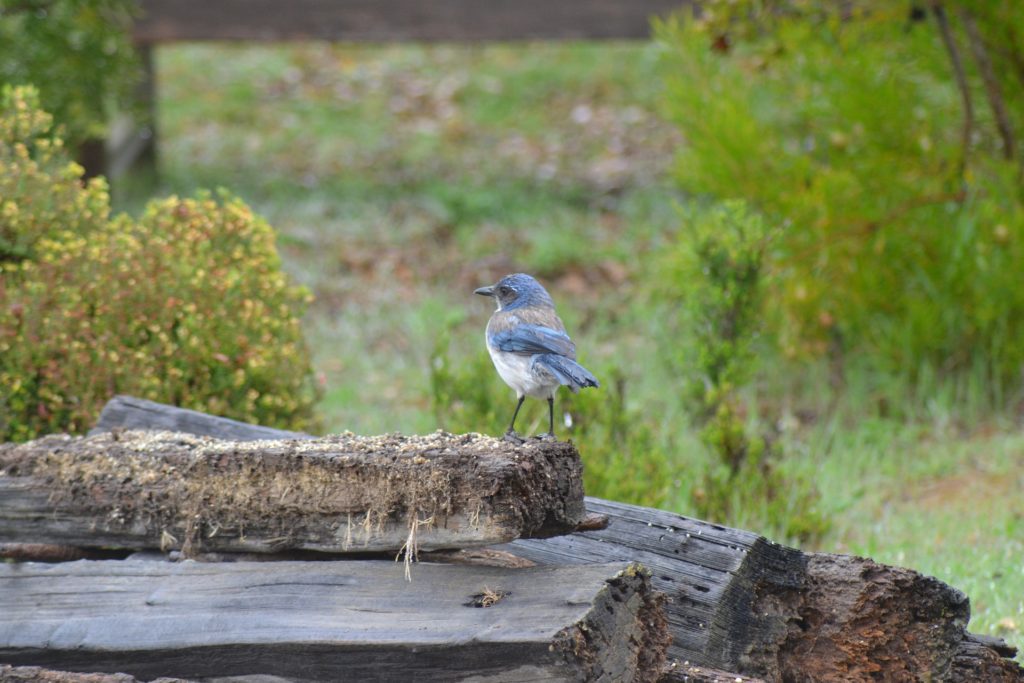
Calliope Hummingbird
Calliope Hummingbirds are small green birds with a white chest and a beautiful purple throat. They live in the northwestern mountains of North America. They are common and are not at risk of becoming endangered. These Hummingbirds make their homes in mountain canyons and forests. Calliope Hummingbirds are the smallest bird in North America. They rely on nectar and small flying insects for food. They lay 2 small white eggs and sometimes build their nests in the bottom of a pinecone! Calliope Hummingbirds migrate throughout the Rocky Mountain range.
Common Yellowthroat
Common Yellowthroats have a yellow body with a black face. They live throughout North America. There has been a decline in population, but they are still common in most areas. Their habitat is in swamps and marshes. Common Yellowthroats are vocal birds, singing to announce their arrival. They lay 3 to 5 eggs in a nest very low to the ground. Common Yellowthroats migrate mostly at night during both spring and fall.





























































